
Greece
The cultural and historical background of Greece has sprinkled the landscapes with ruins that span six thousand years. The alternating invaders, the peacefull settlers, and the country's position at the crossroads between east and west, have all left their mark on the Greek cultural landscape. Archaeological sites abound in the country side, and museums in cities protect priceless artifacts from antiquity. It would be an omission to visit Greece and leave without experiencing the ancient Greek culture; the culture that is credited with the birth of western civilization.
In Greece, you are in a crossroad of colors and cultures; you feel the strength of History and the warmth of the southern extremity of Europe and you discover the evolutionary course of thought, influence and experience.

the Greek Islands
The islands are the main characteristic of Greece’s morphology and an integral part of the country’s culture and tradition. Greek sovereign land includes 6,000 islands and islets scattered in the Aegean and Ionian Seas, of which only 227 islands are inhabited. This is a truly unique phenomenon for the European continent. The Greek Archipelago takes up 7,500 km of the country’s total 16,000 km coastline, offering a highly diversified landscape: beaches stretching over many kilometers, sheltered bays and coves, sandy beaches with sand-dunes, pebble beaches, coastal caves with steep rocks and dark colored sand typical of volcanic soil and coastal wetlands.


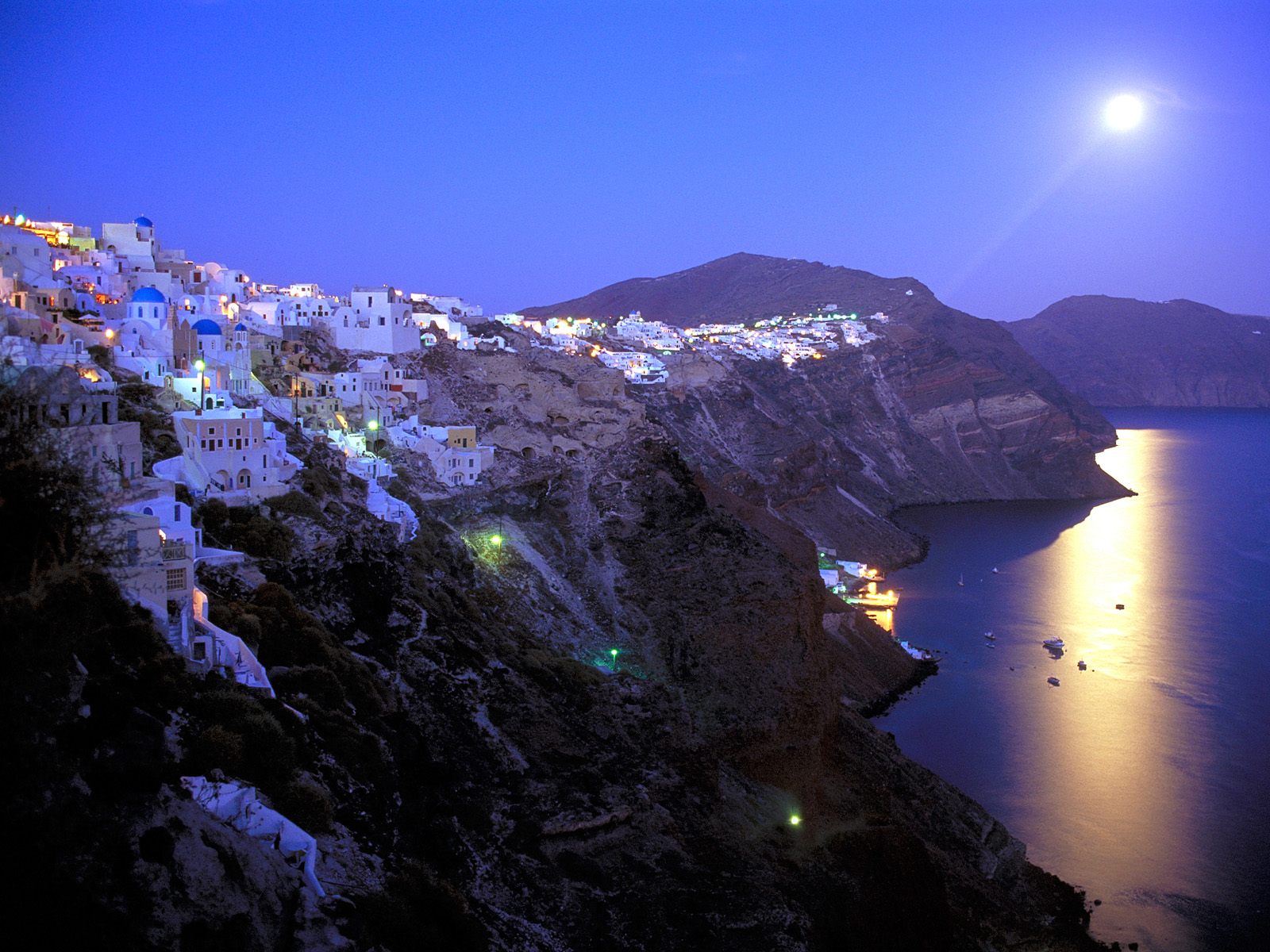
Athens
Athens is the capital and largest city of Greece. Athens dominates the Attica periphery and it is one of the world's oldest cities, as its recorded history spans around 3,400 years. Classical Athens was a powerful city-state. A centre for the arts, learning and philosophy, home of Plato's Academy and Aristotle's Lyceum, it is widely referred to as the cradle of Western civilization and the birthplace of democracy, largely due to the impact of its cultural and political achievements during the 5th and 4th centuries BC on the rest of the then known European continent.
The Acropolis of Athens
What would a visit to Athens without going to the Acropolis to see the Parthenon. Why is the Parthenon so important? well its because it was the most perfect building built by the world's most advanced civilization and even though we have been studying it for centuries we are still not sure how they did it.
The Parthenon and other main buildings on the Acropolis were built by Pericles in the fifth century BC as a monument to the cultural and political achievements of the inhabitants of Athens. The term acropolis means upper city and many of the city states of ancient Greece are built around an acropolis where the inhabitants can go as a place of refuge in times of invasion. It's for this reason that the most sacred buildings are usually on the acropolis. It's the safest most secure place in town. As little as 150 years ago there were still dwellings on the Acropolis of Athens. Those of you who have read Aristophanes will recall that in Lysistrata the women have Athens barricaded themselves in the fortress in protest, being tired of their men going to war against Sparta. Depriving them of sex, cooking and care it was a terrific strategy that might even work today.

The Propylaia, entry to the Acropolis, was built in 437-432 BCE, in alignment with the Parthenon.

The Erecthion
The Erecthion sits on the most sacred site of the Acropolis where Poseidon and Athena had their contest over who would be the Patron of the city. Poseidon thrust his trident into the rock and a spring burst forth, while Athena touched the ground with a spear and an olive tree grew. Athena was declared the victor and the great city of Athens was named for her while Poseidon was given a small village in Syros after it was discovered he had merely ruptured a water main. The building itself contains the porch of the maidens or Caryatids which are now copies, four of which have been placed in the Acropolis museum, hopefully to be reunited with a fifth taken from the Acropolis by Lord Elgin and put in the British Museum more than a century ago.
The temple as seen today was built between 421 BC and 407 BC, but it is believed to be a replacement for an older temple, since it is on the site of some of the most ancient and holy relics of the Athenians:
•the Palladion, which was a xoanon (wooden effigy) of Athena Polias (Protectress of the City) that fell from heaven according to myth
•the tomb of Cecrops
•the tomb of Erechtheus
•the marks of Poseidon's trident and the salt water well (the "salt sea") that resulted from Poseidon's strike, and
•the precincts of Herse, Pandrosus and Aglaurus (the three daughters of Cecrops) and of the tribal heroes Pandion and Boutes.

Parthenon
The Parthenon has stood atop the Acropolis of Athens for nearly 2,500 years and was built to give thanks to Athena, the city's patron goddess, for the salvation of Athens and Greece in the Persian Wars. The building was officially called the Temple of Athena the Virgin; "Parthenon" comes from the Greek word parthenos, "virgin."
Throughout its long life, the Parthenon has functioned most importantly as a Greek temple, but has also been a treasury, a fortress, a church, and a mosque. Today, it is one of the most recognizable icons and popular tourist attractions in the world. Its construction began in 447 BC and was completed in 438 BC, although decorations of the Parthenon continued until 432 BC. It is the most important surviving building of Classical Greece, generally considered to be the culmination of the development of the Doric order. Its decorative sculptures are considered some of the high points of Greek art. The Parthenon is regarded as an enduring symbol of Ancient Greece and of Athenian democracy and one of the world's greatest cultural monuments.It seems certain that the master planners of the Parthenon conceived it as a theatrical event.
The temple was constructed with the movements of the viewer in mind, and by the arrangement of the temple, the monumental sculptures of the pediment, and the detailed frieze, the emotions of the visitors were choreographed to prepare them for the ultimate glimpse of the majestic Athena Parthenos at the interior of the naos, and to maximize the effect of an awe inspiring visit.

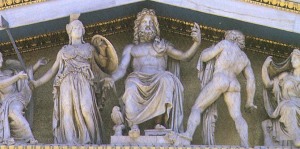

Temple of Hephaest
The Temple of Hephaestus in central Athens, Greece, is the best-preserved ancient Greek temple in the world, but is far less well-known than its illustrious neighbour, the Parthenon. The temple is also known as the Hephaesteum and the Theseum, due to a belief current in Byzantine times that the bones of the legendary Greek hero Theseus were buried there; in fact the bones alleged to be those of Theseus were buried in the 5th century BC at another site nearer to the Acropolis.

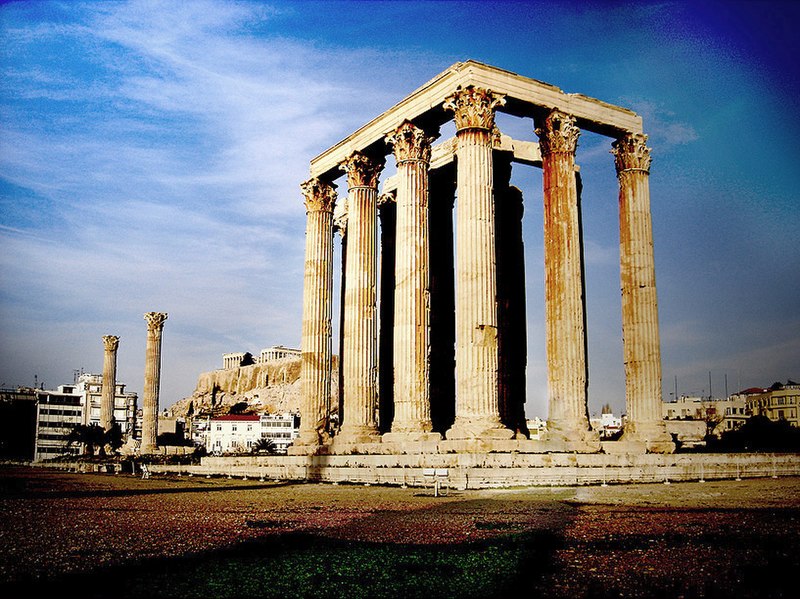
Temple of Olympian Zeus, Athens
The Temple of Olympian Zeus, also known as the Olympieion or Columns of the Olympian Zeus, is a colossal ruined temple in the centre of the Greek capital Athens that was dedicated to Zeus, king of the Olympian gods. Construction began in the 6th century BC during the rule of the Athenian tyrants, who envisaged building the greatest temple in the ancient world, but it was not completed until the reign of the Roman Emperor Hadrian in the 2nd century AD some 638 years after the project had begun. During the Roman periods it was renowned as the largest temple in Greece and housed one of the largest cult statues in the ancient world.
The temple's glory was short-lived, as it fell into disuse after being pillaged in a barbarian invasion in the 3rd century AD. It was probably never repaired and was reduced to ruins thereafter. In the centuries after the fall of the Roman Empire, the temple was extensively quarried for building materials to supply building projects elsewhere in the city. Despite this, substantial remains remain visible today and it continues to be a major tourist attraction.


_____________________________________
Greece.
Ahhhhh, now this place is somewhere ive always wanted to go aswell. Growing up in Darwin (where evryones pretty much greek lol) we have some really close family friends who are Greek. They would tell me stories of when they would go home and, look you know how someone says...go here (a place where they have been) its soo beautiful yada yada and u never quite believe them until you actually go! But just going through pictures and just seeing how beautiful the scenery is and the Ancient Buildings, i would go in a heartbeat!
Athio sas,
Claudz
xox
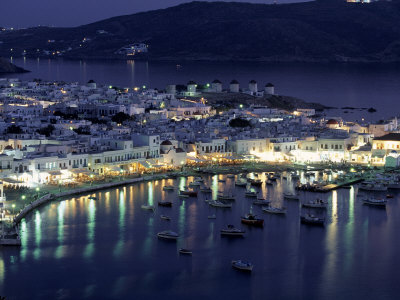
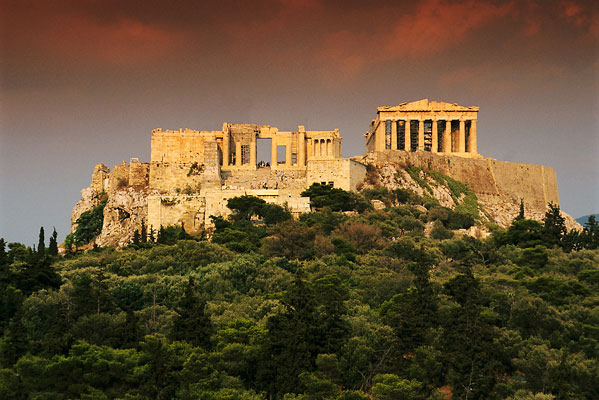


oh greece sounds soooo magnificent. defs a place i'd put down on my wish list of places to go and see. its beautiful.
ReplyDeleteme tooo! you know what, i wish i did this one first!! lol b4 i die i am going to greece! hahaha
ReplyDeletei love the views just breath taking stuff right?! thank you for sharing! i look forward to all the places you post up! happy blogging! your number #1 follower!.
ReplyDelete